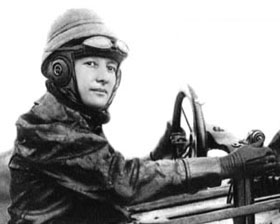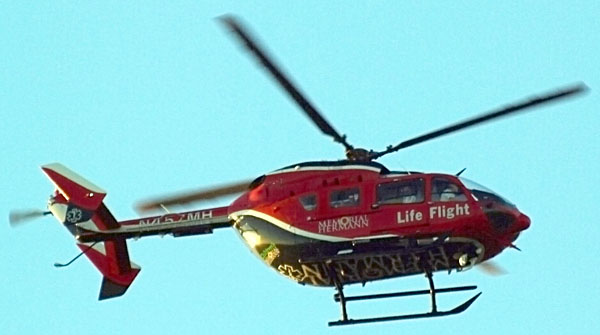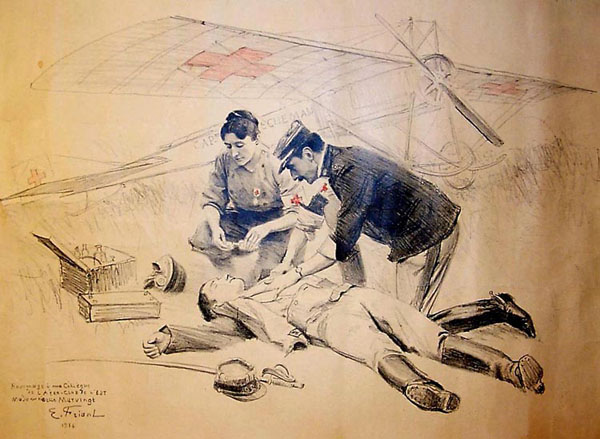Marie Marvingt
Today, a remarkable woman. The University of Houston's College of Engineering presents this series about the machines that make our civilization run, and the people whose ingenuity created them.
The year was 1961 when 86-year-old Marie Marvingt cycled 175 miles from Nancy to Paris. She'd been an athlete all her life. In 1908 she was denied entry into the Tour de France because of her gender, so she cycled and finished the entire course by herself. Only a third of the male competitors had managed to finish it. By then, the 33-year-old Marvingt had won prizes in ten or so different sports and was a superb mountaineer to boot. She'd been the first woman to climb many major peaks in the Alps.
 She'd taken up ballooning in 1901, and now became the first woman to pilot balloons across both the English Channel and the North Sea. Then, in 1910, she became only the third woman licensed to fly an aeroplane and she quickly set distance and duration records. Flight was then murderously dangerous, but she managed 900 consecutive flights without a crash.
She'd taken up ballooning in 1901, and now became the first woman to pilot balloons across both the English Channel and the North Sea. Then, in 1910, she became only the third woman licensed to fly an aeroplane and she quickly set distance and duration records. Flight was then murderously dangerous, but she managed 900 consecutive flights without a crash.
WW-I began in 1914, and Marvingt set out to make her contribution. First she disguised herself as a man and fought with the French infantry at the front. She was found out and sent home. But then Marshall Foch asked her to help an alpine regiment in the Italian Dolomites. After that she served as a Red Cross Nurse. She was finally allowed to fly aerial bombing missions and, for that, she won the Croix de Guerre.
That made her the first woman to do aerial combat. (Ljuba Golantschikowa, an Estonian woman, joined the aerial war two years later. She'd studied flying with Anthony Fokker in Germany before the war. Then she joined the Russian Imperial Air Force and flew as an aerial observer in the war against Germany.)
But Marvingt had something other than combat on her mind. Before the war, she had the idea of using aeroplanes for aerial ambulance service. She'd presented a design to French aerial pioneer Deperdussin and it might've been built. But, just then, Deperdussin was caught embezzling from his own company.
Marvingt spent the rest of her life advocating aerial ambulance service. She co-founded an organization called The Friends of Aviation Medicine. She lectured tirelessly on behalf of such service. She formed an air ambulance service in Morocco. She created training courses for aerial nurses. She wrote and directed documentaries on the use of aerial ambulances.
She became the most decorated woman in France -- meanwhile publishing poetry under a pseudonym (Myriel). Then, on her 80th birthday, this woman who'd flown in balloons before the Wright Brothers' first powered flight, was given a ride in a supersonic Voodoo jet. And, that same year, she earned her helicopter pilot's license.
I live near one of the great American medical centers, here in Houston; and I often watch Life-Flight helicopters coming and going. Now that I know about Marie Marvingt, I'll never again look at one of them -- or I suppose, watch a M*A*S*H rerun -- without thinking of her.

I'm John Lienhard at the University of Houston, where we're interested in the way inventive minds work.
See the Wikipedia article on Marie Marvingt for a wealth of information. Marvingt photo and aerial ambulance drawing courtesy of Wikipedia Commons. Life-Flight photo by J. Lienhard.

Marie Marvingt and her proposed air ambulance, drawn by Émile Friant in 1914.